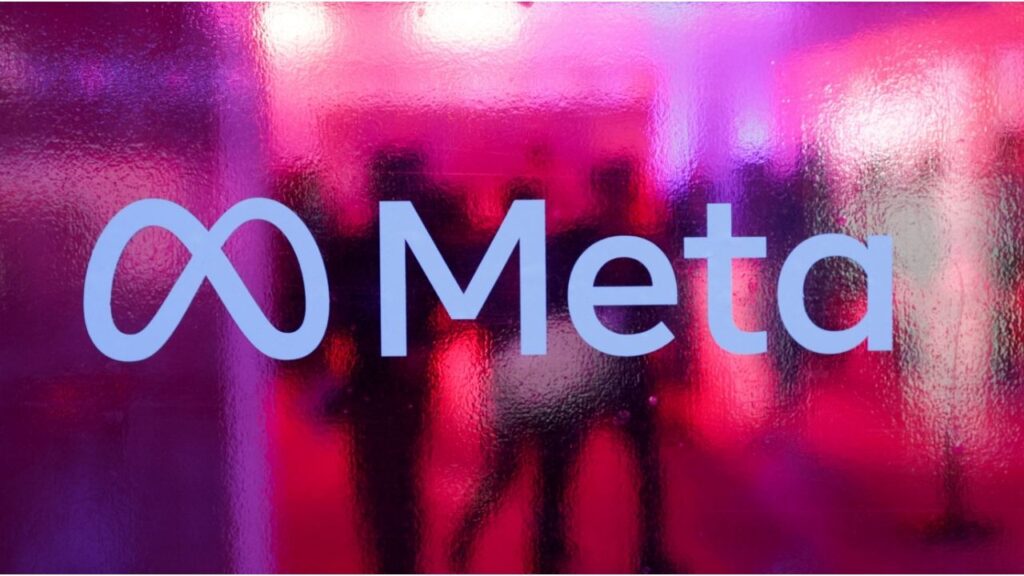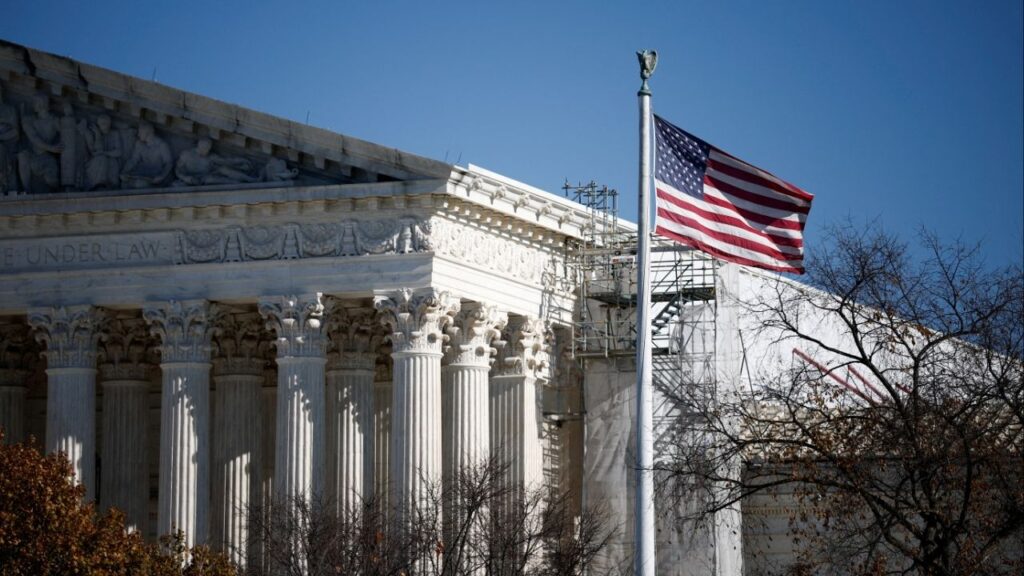Students learn to weld in a classroom at the Madera South High School 20-acre farm on April 2, 2024. Welding is one of thousands of career-focused courses in California high schools. (CalMatters/Larry Valenzuela)

- Career education programs show promise with higher test scores and graduation rates, but concerns about tracking persist.
- Funding for career education programs remains uncertain, with schools spending 20-40% more on these specialized courses.
- California encourages students to pursue both career pathways and college prep, but only 11% completed both last year.
Share
|
Getting your Trinity Audio player ready...
|
In this politically charged era, there’s one thing both parties agree on: the benefits of high school career pathways.

Carolyn Jones
CalMatters
With strong bipartisan support, career and technical education programs are poised to be a centerpiece of education policy over the next few years — both federally and in California. That’s good news for students taking agriscience, cabinetry, game design and other hands-on courses that may lead to high-paying careers.
Education advocates hail this as a boon for high schools. Students enrolled in career training courses tend to have higher test scores and graduation rates. And business leaders say that strong career education can boost a local economy.
But there are still many unknowns, and some education experts worry that an expansion of career education will come at the expense of college-preparation programs, or lead to a return to “tracking,” in which schools steer certain students — often low-income students — toward careers that tend to pay less than those that require college degrees.
“This could be a great opportunity for career and technical education, but we have to do it right,” said Andy Rotherham, co-founder of Bellwether, a nonprofit educational consulting organization. “There’s a lot at stake.”
Funding is a primary question mark. While Republicans strongly support career education, it’s unclear if that enthusiasm will translate to more money — especially if Congress eliminates the Department of Education, as President-elect Trump has vowed to do.
Career education classes can be some of the most expensive programs in a school district. Supplies, up-to-date equipment, teacher training, smaller class sizes, operation costs and students’ certification exams can cost millions, and the costs only increase over time. Schools spend 20%-40% more to educate students in career programs than they spend on those who aren’t, research shows.
Most federal funding for career education comes from a 1960s law meant to improve career education. But that funding has not kept up with the escalating costs. Last year Congress allotted $1.4 billion, which was distributed to states through grants. California received $142 million, and supplemented that with an additional $1 billion.
“It’s wonderful to see this bipartisan support, but we’d like it to lead to continued investment,” said Alisha Hyslop, chief policy, research and content officer at the Association for Career and Technical Education, an advocacy group.
Related Story: California Bill Would Allow Public University Admission Priority for ...
Career Education and Tracking
Career and technical education has waxed and waned since its inception in the early 20th century as a way to prepare students, usually from working-class or immigrant families, for jobs in skilled trades.
For decades, most high schools in the U.S. had some form of vocational education. Those programs came under scrutiny in the 1980s and ’90s as some complained about tracking practices that left many students without the option to attend a 4-year college because they hadn’t taken the required coursework.
Partly in response to that criticism, former President George W. Bush’s No Child Left Behind Act in the early 2000s encouraged schools to promote college for all students. As a result, many schools cut back their career education offerings and added more advanced academic classes.
Then the 2008 financial crisis hit. High unemployment coupled with the soaring cost of college led schools to revive their career training programs, but with less tracking. Schools started encouraging all students to take career education classes, and the classes themselves were updated. Welding and auto shop were joined by computer science, graphic design, environmental studies, health care and other fields. In California, students are encouraged to take a career pathway as well as the required classes for admission to public 4-year colleges, although last year only about 11% of students completed both, according to state data.
Related Story: Top Democrats Vow to Make California Affordable Again
Welders vs. Philosophers
Career and technical education is a focal point of Project 2025, the conservative policy roadmap written by the Heritage Foundation as well as the Republican party education platform and President-elect Trump’s nominee for education secretary, Linda McMahon. McMahon headed a pro-Trump political action group called America First Action, whose policies include an emphasis on career education in K-12 schools. The Republican platform reads, “(We) will emphasize education to prepare students for great jobs and careers, supporting … schools that offer meaningful work experience.”
Sen. Marco Rubio, Trump’s nominee for Secretary of State, put it more succinctly: “Welders make more money than philosophers. We need more welders and less philosophers,” he said in 2015.

Career education has also been a priority for Democrats. In California, Gov. Gavin Newsom, State Superintendent of Public Instruction Tony Thurmond and the Legislature have all promoted career education. In 2022 Newsom created the Golden State Pathways program, a $470 million investment in high school career education, and followed up a year later with the Master Plan on Career Education, outlining a long-term vision. Newsom described it as “a game changer for thousands of students.”
In California, the goal is to link career training with college preparation coursework, and tie pathways — sequences of two or three classes — to the local job market. For example, a pathway at a high school near the Port of Long Beach includes classes in global logistics and international business. A pathway at Hollywood High trains students for jobs in the entertainment industry.
Related Story: What to Know About Linda McMahon, Trump’s Pick for Education Secretary
More Ties to Business?
But some educators worry about the fate of career education if the Department of Education, which administers the Perkins Act, is eliminated. Project 2025 suggests moving it to the Department of Labor, where it would likely have stronger ties to business and fewer ties to education organizations. That could impact whether pathway programs continue to have academic components, or include college preparation classes.
“This could be a great opportunity for career and technical education, but we have to do it right. There’s a lot at stake.”
ANDY ROTHERHAM, CO-FOUNDER OF BELLWETHER
“Businesses love CTE because it socializes one of their big costs. Taxpayers are paying to train their workers,” said David Stern, education professor emeritus at UC Berkeley who’s an expert on career education.
Hyslop shares that concern.
“Certainly CTE has connections to the economy, but at its heart it’s an education program. It’s about preparing students for their future, whatever that future may be,” she said.
A broader question may be whether the push for career education is part of a backlash against college generally. College enrollment has been dropping steadily for a decade, coinciding with a surge in trade school enrollment.
Meanwhile, Trump has proposed big cuts to higher education, and has often expressed disdain for what he described as colleges’ leftward tilt. Project 2025 calls for the government to place trade schools on equal footing with 4-year colleges.
“This new interest in CTE captures the anti-elitist sentiment of the time,” Stern said. He added that preparation for college does not have to conflict with preparation for careers, and some programs, such as the California Partnership Academies, prepare students for both.
Rotherham agreed. “On the right, there’s definitely antagonism toward college,” he said.
But they both said regardless of the politics behind it, a national focus on career education could be transformative — if it doesn’t railroad students away from college opportunities. Ideally, students can gain career experience in high school, while also learning poetry and civics and other important academic subjects, Rotherham said.
“Power is having choices,” Rotherham said. “That’s what we want for kids. The option to change their mind if they want.”
About the Author
Carolyn Jones covers K-12 education at CalMatters. A longtime news reporter, she’s covered education for nearly a decade, focusing on everything from special education to state funding policies to inequities in student achievement. She’s won numerous awards from the California Newspaper Publishers Association, and was a finalist in 2020 for beat reporter of the year (small newsroom) by the Education Writers Association.
About CalMatters
CalMatters is a nonprofit, nonpartisan newsroom committed to explaining California policy and politics.
RELATED TOPICS:
Categories

MAHA Activists Urge Trump to Fire His EPA Administrator

Meta Strikes Multiple AI Deals With News Publishers

















